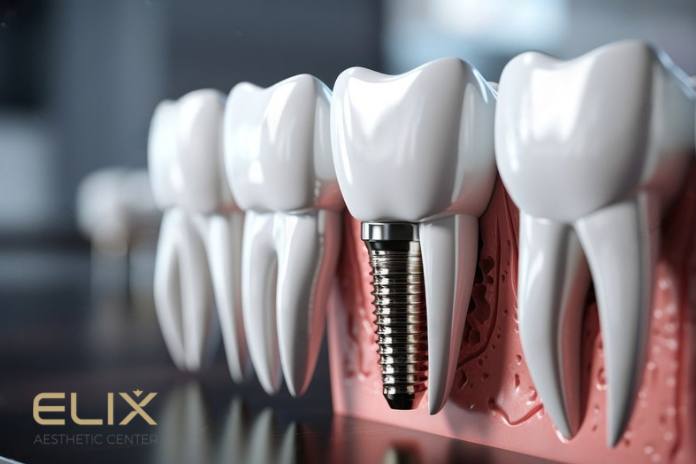
Types of dental prostheses
When performing dental prosthetics, the types of prostheses are selected by a specialist, taking into account a number of features of the patient.
➤ Immovable prostheses
This type of prosthesis is used when the tooth decays by more than 50% - prosthesis in the form of caps, as well as in the absence of one or more adjacent teeth. Artificial teeth have no difference from natural teeth.
Depending on the patient's individual characteristics and indications, the doctor may suggest:
1. Veneers
Veneers are thin ceramic plates. They cover worn teeth and enamel discoloration, hide the interdental spaces between them, and can even smooth out minor tooth positional defects.
2. Dental Tabs
This is a micro prosthesis that replaces not the whole tooth, but only a part of it. Dental Tabs restore the color and shape of the tooth and are an alternative to large fillings.
3. Non-Metal ceramic crowns
Non-Metal ceramic crowns accurately imitate the shades of enamel, correctly refract light and do not differ from a real tooth at the expense of transparency.
4. Metal-ceramic crowns
The support of metal-ceramic crowns is made of metal, and the lining is made of ceramic. Due to this, they perfectly combine strength and aesthetic appearance. However, they are among the old methods.
5. Bridge systems
Bridge-like systems are similar in shape to a bridge, consisting of two crowns attached to natural teeth or implants, with artificial teeth in between. Only a highly qualified orthopedist can choose the right type of prosthesis for the patient.
➤ Removable prostheses
Removable prostheses are used to restore several teeth. Such systems are not very securely fixed in the oral cavity and are designed to be taken off and on.
These types of prostheses are:
1. Bugel prostheses
The base of Bugel prostheses is a metal arch on which a plastic part is attached. It perfectly imitates gums and teeth in shape and color. Such structures are reliable and cope with masticatory loads. Bügel prostheses do not cover the palate and are attached to the adjacent supporting teeth, thus preserving the process of sensing food intake.
2. Nylon prosthesis
The basis of the design of nylon prostheses is light and elastic nylon. The prosthesis is attached to the adjacent teeth by means of nylon hooks.
3. Acrylic prostheses
Acrylic dentures are large and rigid structures made of inelastic and rigid acrylic. They can restore teeth throughout the entire jaw. Such dentures are held in place with a vacuum effect and then cover the entire palate or are attached to the teeth with hooks.
➤ Conditionally removable prostheses.
Conventionally, a removable prosthesis is a type of prosthesis on implants in the absence of teeth. Such examples are very convenient to use. The prosthesis is stretched over the implants and the doctor can remove it if necessary. This technology is called All-on-4 and All-on-6. If the specialist chooses and fixes the prosthesis correctly, the patient quickly gets used to it and does not feel discomfort.
Which type of dental prosthesis is better?
The doctor decides which type of dental prosthesis is best for the patient.
When choosing a prosthesis, he takes into account a number of individual characteristics of the patient:
• Number of teeth to be restored and their location in the dentition
• Degree of existing teeth decay
• Features of the mucosal tissues with which the denture will come into contact
• Periodontal condition
In conclusion, when there is enough bone, it is always preferable to perform implantation and restore the missing parts with immovable constructs. Unfortunately, removable prostheses are still used today, but their usage is reduced to a minimum.


